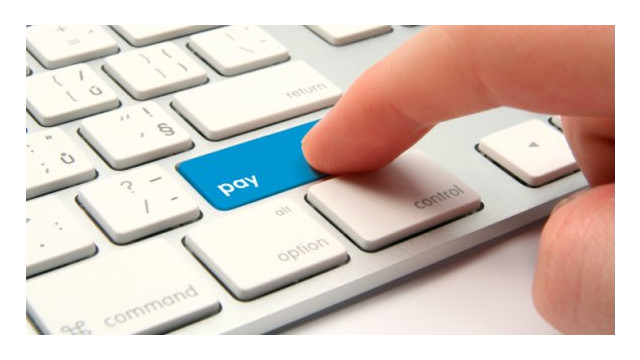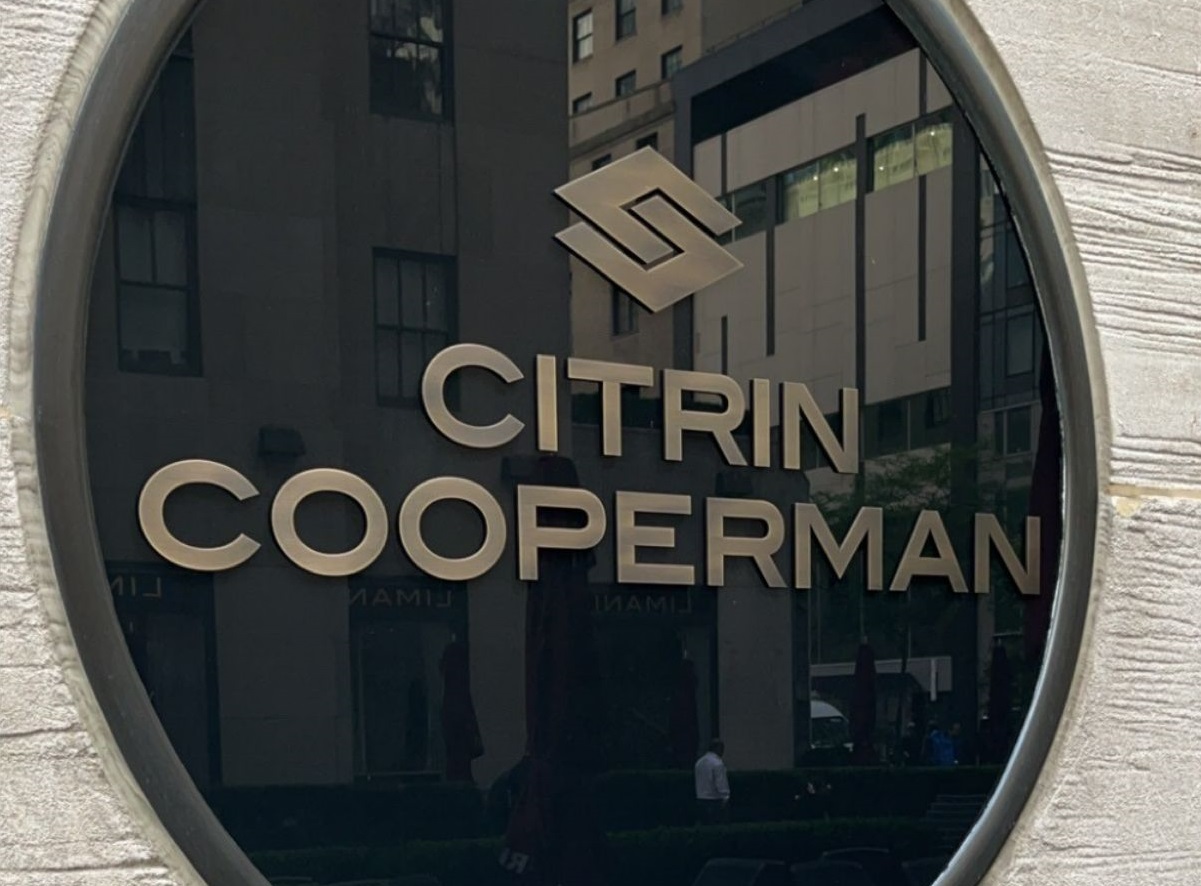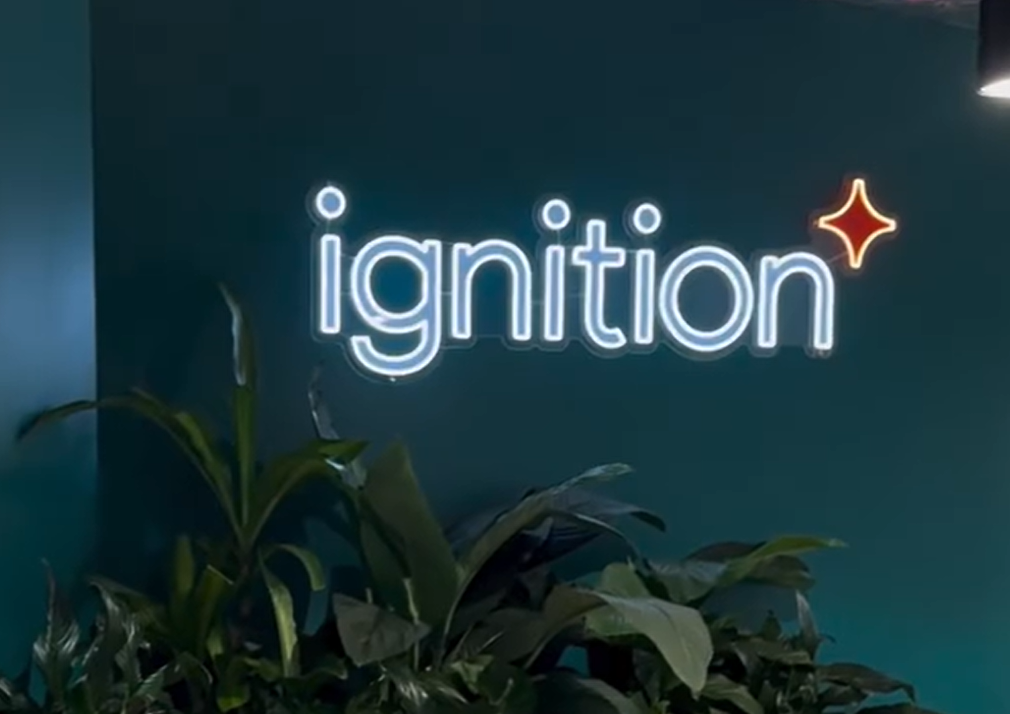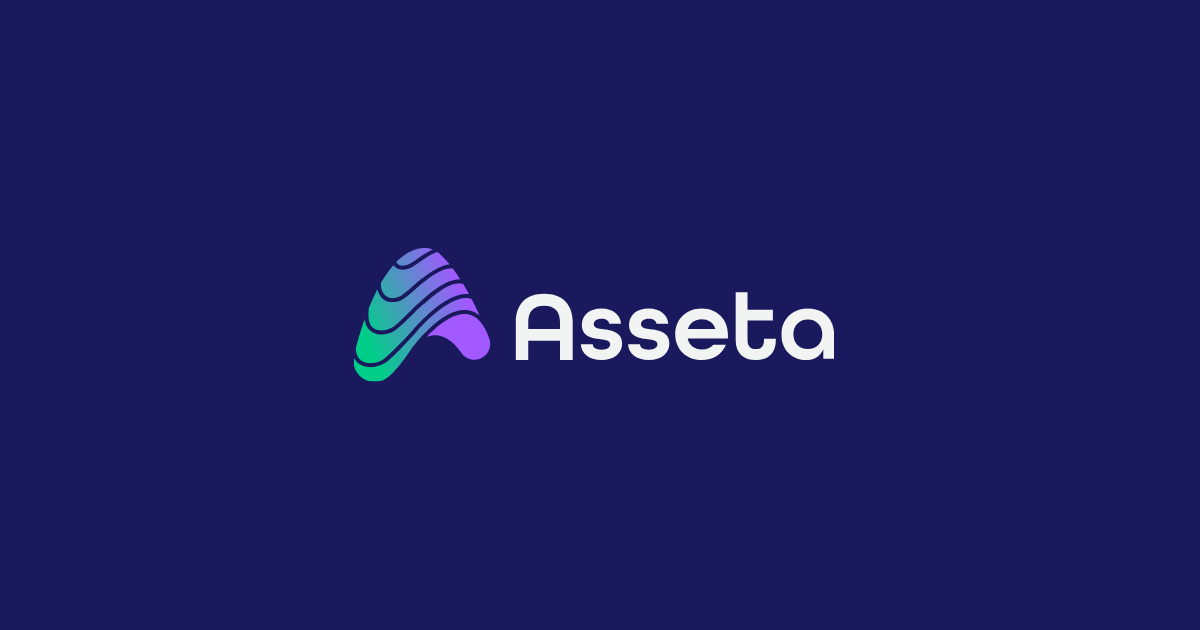Microbusinesses businesses make up 92% of all businesses in the US and, on average, contribute to 38% of their owners’ household incomes. America’s entrepreneurial spirit remains strong during the pandemic, as shown by the U.S. Census Bureau, which found that 5.4 million new business applications were filed in 2021 – surpassing the record set in 2020 of 4.4 million.
Millions of small business owners, however, still struggle to achieve financial success—and it’s not due to a lack of skill, passion, or effort.
The ever-changing nature of running a small business means that microbusiness owners need to plan for irregular income, expenses and other financial burdens all the more. Despite this, according to a report from the Center for Financial Services Innovation, the financial health needs of microbusiness owners are more often than not overlooked. A recent study we conducted at Wave showed that approximately 22% of digital invoices were overdue in 2021, with 70% of respondents waiting one to six months to get paid and 25% waiting more than a year or not getting paid at all.
Constantly having to chase customers for late payments can be incredibly frustrating—especially if it means covering extra expenses, something that can be disheartening for entrepreneurs who had a different vision of working for themselves. Here are some solutions you can recommend to your clients to increase how quickly they’re paid so they can focus more on what they do best: running their businesses.
Implement digital payments
Enabling payments is a win-win: your clients can track their cash flow, be prepared for tax time, and make things easier for their customers and themselves. Implementing digital payments and invoicing is an undeniable way of getting paid faster, and also has other advantages. Allowing customers to make online payments through a digital invoice means 15.4% more invoices will get paid on time. Coupling invoices tightly with payment history also makes cash flow tracking significantly easier, and saves countless headaches cometax time.
Charge a late fee
First, it’s crucial for entrepreneurs to check how much they can legally charge for a late fee, since it depends on the country and state they’re in. Then, they must make sure to let their repeat customers and future customers know about the charge. These terms should always be explicitly spelled out in their contract and invoice memo so their customers are in the know.
Automate and streamline processes
Recommend that your clients set up automatic emails to remind their customers it’s time to pay, or that they have an overdue payment. Small business owners can also use accounting softwares to send professional payment reminder emails to customers that automatically get scheduled once they send an invoice.
Use instant payouts
If your clients have regular payouts, that means they receive money through traditional banking methods. With instant payouts, their money goes through Visa or Plus enabled card networks, which means they can get paid almost instantly, even if banks are closed.
Negotiate for shorter payment terms
Payment terms refer to the payment agreements made with a customer, including timing. Even if your client has discussed payment terms with your customer, make sure these terms are included at the top of their invoices as well. They can decide whether they’re paid instantly, or within a set number of days or months. While they should look into what the standard ranges are for their industry, it’s important to consider their own cash flow needs.
The smallest businesses wait an average of over two months before their invoices are paid, which can cause major cash flow problems. If your client has a customer that is insistent on waiting to pay for over ninety days, they shouldn’t be afraid to negotiate.
Use a small business money management app
Thanks to payment technology designed for small businesses, it’s easier than ever for entrepreneurs to manage their business finances, even when they’re on the go. Digital payment app usage accelerated during the pandemic as more small business owners shifted to offering virtual or service-based solutions. According to findings by Apptopia, which studies app usage, the use of popular money transfer apps like CashApp, Venmo, and PayPal rose nearly 11% in the first few months of the pandemic.
While these apps are a short-term solution for speeding up cash flow, they lack the essential direct record-keeping and bookkeeping abilities that all microbusinesses need. Business owners who use Paypal, Venmo, or similar money transfer apps as their primary means of payment without a complementary system may be exposed to increased risk and a host of time-consuming manual tasks during tax season.
Our study revealed that microbusiness owners are increasing the number of invoices they send, a trend that started during the pandemic when more people started their own service-based businesses. The average value of invoices is also rising, with a 17.1% increase from 2019 to 2021. While you ultimately don’t have control over what your client does, there are initiatives you can help them implement so that they can attain success.
======
David Axler is GM/VP Banking and Books at Wave.
Thanks for reading CPA Practice Advisor!
Subscribe Already registered? Log In
Need more information? Read the FAQs
Tags: Benefits




